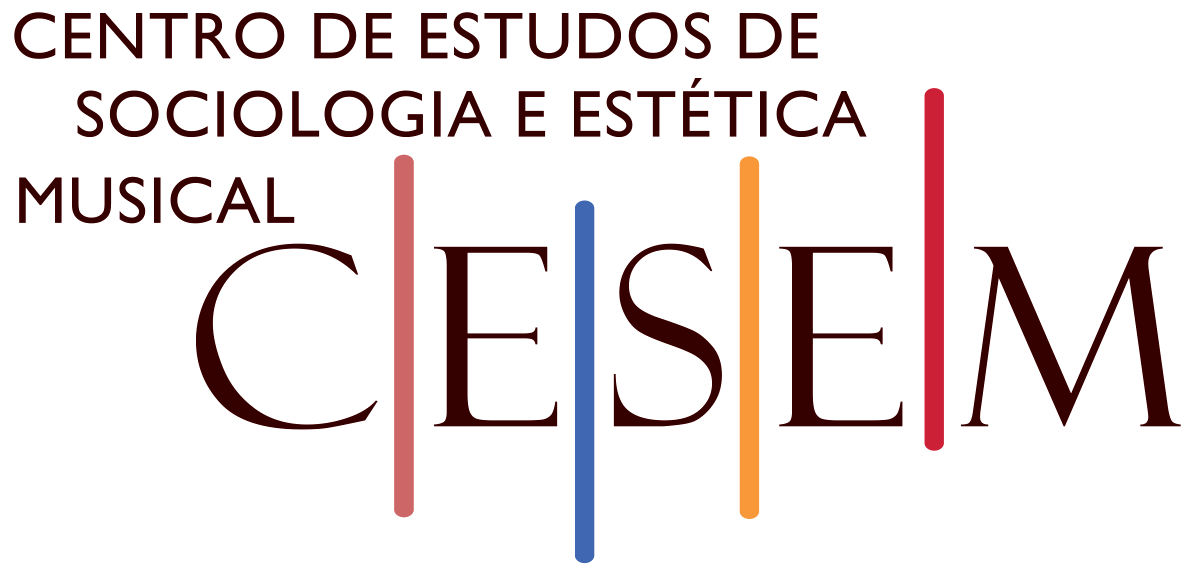Graduate student
Full member without a PhD
NOVA FCSH
He attended the Gregorian Institute of Lisbon, where he completed the Complementary Piano Course. He holds a Bachelor’s degree in composition (ESML), a Degree in Musical Sciences (FCSH), and two postgraduate degrees (curricular part of the master’s degree in Musical Sciences and Diploma of Advanced Studies in Musical Sciences – both completed at FCSH-UNL).
He studied orchestral direction with conductors such as Jean-Sébastian Béreau, Jean Mark Burfin, and Rafael Pascoal Vilaplana.
From 2015 to 2019, he worked as a Cultural Programmer for the Municipality of Vila Franca de Xira. From 2014 to 2019, he was the Pedagogical Director of the Silva Marques Conservatory. He was the promoter and director of a Music school at the Salesian School of Manique (which he directed from 2002 to 2009). Throughout his teaching career, he taught Music History, Analysis and Composition Techniques, Acoustics, Musical Education, and worked with choir groups and String and Wind Orchestras. He was a teacher of Aural and Theoretical Training (ESE Lisbon – from 2002 to 2003) and of Musical Research Methodology at (ESML – from 2006 to 2008), where he was commended by the Scientific Council.
He’s also the author of several compositions and arrangements for Philharmonic Band.
Since 1999, he has collaborated with the Calouste Gulbenkian Foundation, writing program notes.
He is a Ph.D. student at the NOVA University of Lisbon and a researcher at CESEM, as a scholarship holder from the Foundation for Science and Technology. He dedicates himself to studies on texture in contemporary orchestral music.
